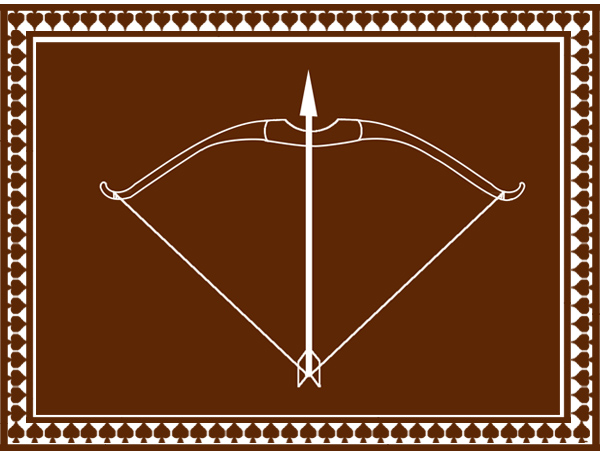
Every local version of Ramayana has tried to include additional details to Valmiki’s Ramayana, that they thought were missing or lacking in the text. Thus every local version enriches the original text with layers of counter narratives adding to the tradition of Ramayana in India.
Bundeli Ramayana from Bundelkhand an area sandwiched between Madhya Pradesh and Uttar Pradesh is no exception. Sung in the oral form, the following incidents are added in Bundeli Ramayana to throw light on some of the unanswered questions in Valmiki’s Ramayana text such as who was Rama’s sister?
Not much is known about Rama’s sister Shanta. The only time she is mentioned in Valmiki’s Ramayana is when Dasharath invites sage Rishyasringa to officiate the sacrifice of Putrakameshthi, to get son/s and an heir to his kingdom. After the completion of the sacrifice Dasharath offers his daughter Shanta in marriage to Rishyasringa in lieu of his officiating fee. Valmiki does not tell us anything about Shanta’s birth. The question becomes interesting as all the queens of Dasharath were childless. Who then was the mother of Shanta ? Bundeli Ramayana tries to address this lacuna through the following tale.
Once King Dasharath and his friend King Janak was on a hunting trip. As they tracked their prey, King Dasharath inadvertently entered a forest patch where men were barred from entering. The belief was the forest resonated with feminine power and was strictly reserved for women, and if any male would enter the forest, he would turn into a female. Dasharath, having entered the forest by chance turned into a woman. For years he wandered around in female form. Then one day he met a man, had a relationship with him and conceived a child. This female child was named Shanta. After the birth of Shanta, Dasharatha regained his maleness and returned to his palace with the child. Thus Shanta became Dasharath’s first child, but he was her mother.
Yet another puzzling question with no answer is why Janak did not invite Dasharath’s sons for Sita’s swayamvara?
Janak and Dasharath were best of friends and yet when Janak decided to offer his lovely daughter’s hand in marriage, he did not invite Dasharath’s sons as eligible princely grooms for the swayamvara. Why ? Indeed Valmiki never explains the reason in his Ramayana. But Bundeli Ramayana offers an explanation to this mystery.
Once King Janak entered a territory belonging to king Dasharath during a hunt. The arrow he shot to kill his prey ended up piercing a cow and killed her on the spot. Janak realised the sin he has committed and immediately send a messenger to the Dasharath’s court asking him pronounce a suitable punishment for his atoning his sin. But Dasharath was busy and and he told the messenger, “You can ask any citizen of Ayodhya to pronounce a punishment and it will be considered as my word”. The messenger returned to Janaka with Dasharath’s words. Janak felt humiliated by Dasharath as he did not spare time to address his friend Janak’s predicament. He went around searching for a citizen of Ayodhya who would provide the solution to nullify the grave sin of go-hathya, the killing of a cow.
On his way, he met an elderly man who asked Janak why he was depressed and crest fallen. Janak explains the sin he committed by killing a cow and also tells him the verdict of King Dasharath. Elderly man said “Oh King, don’t worry I will help you out of your predicament. Show me the cow.” Janak showed him the dead cow. As soon as the old man touched the cow it came back to life. The old man turned to Janak and said, “ Oh Janak now that the cow is alive there is no sin to be absolved. Go back to your kingdom without any remorse.” Janaka assumed the old man must be a great sage of Ayodhya and tried to touch his feet with great reverence. But the old man stopped him from falling at his feet saying, “Oh King Janaka, don’t touch my feet, for I am no sage or a wise soul. I am an ordinary sweeper who cleans the streets of Ayodhya”.
Years later, when the time came to send invitation to all the eligible princes across the world for the swayanvara of his beautiful daughter, Janak remembered this incident. He thought to himself. Dasharath is always busy with his subjects and has no time to even come to his dear friend’s help. Instead of the King an ordinary sweeper pronounced the verdict to release me from my sin. What if I send the invitation and Dasharath sends some lowly person in his place and what if he lifts the Shivdhanush like the way the sweeper brought the dead cow to life? I will be forced to marry my lovely daughter Sita to a someone like a lowly sweeper. I would rather not send an invitation to Dasharath in that case. Thus Ram and Lakshaman end up attending Sita’s swayamvara as an uninvited guests.
Yet another question that remains unanswered in Valmiki’s Ramayana is
How Sita had two golden ornaments on her, when she had relinquished all the royal ornaments and left them behind when she left for exile with Ram? This is how Bundeli Ramayana explains this anomaly.
After the completion of fourteen years of exile, Ram, Lakshmana, and Sita return to Ayodhya. Kevat, the boatman brings them back to the land of Ayodhya. As the three touch the soil of Ayodhya, Kevat touches the feet of Ram with great reverence. Ram feels he should offer him a fee for his service as the boatman. But Ram has nothing to offer. Sita who is standing by Ram realises Rama’s dilemma and quickly removed the ring from her finger and gave it to Ram. Ram is pleased and he offers the ring to Kevat for his services as a boatman.
The question comes to mind, since Ram, Lakshman and Sita had left all their royal ornaments and insignias behind while going in exile, how did Sita have a royal ring on her fingers?
When Sita removed all her ornaments and wore the clothing of a hermit like her husband, she did retain two ornaments with her. The Chudamani, which she gave to Hanuman, and the ring which she gave to Kevat. Why did Sita retain these two accessories with her when she went to exile?
The story behind these two ornaments that remained with Sita says that these two ornaments were not from the royal treasury of Ayodhya. These were divine objects that once belonged to Shiva. During the wedding of Shiva and Parvati, Shiva was wearing the a bangle of serpents wrapped and knotted around his wrist. But Shiva in his hurry had knotted the serpent so tightly that two tear drops fell out from its eyes due to the pain and these turned into two jewels. Shiva kept these jewels safely with him.
It is said that Sunaina, Sita’s mother was the daughter of a serpent who was an ardent devotee of Shiva. During her marriage to Janak, Shiva gifted these two jewels, one in the form of Chudamani and the other encrusted on a ring to Sunaina, the daughter of his devotee. Sunaina in turn gifted the Chudamani to Sita.
As for the jewel encrusted ring, there is another story that narrates how it came to be with Sita . When Janak met Dasharath as the Samadhi or the father of the bride, as per the custom he had to offer a gift to Dasharath the father of the groom. He asked Sunaina to get the best jewel from his treasury to be be offered to Dasharath. Sunaina gave him the ring that was given to her by lord Shiva.
When Ram brought his bride for the first time to Ayodhya after winning the swayamvara set up by Janak, as per the custom, the mother in law had to gift an ornament while receiving daughter in-law her into the household. This custom known as muh dekhi. Kausalya asked Dasharath to give her the best jewel from his treasury to perform this rite. Dasharath gave her the ring which he received from Janak. Thus Kausalya passed on to Sita the same ring that was gifted by Shiva to Sunaina.
Thus these two ornaments remained with Sita as these were divine objects received from Lord Shiva. Sita carried these two ornaments with her during her exile as these were ornaments of divine origin and also they did not belong to the royal treasury.
———————————
Collected by : Vidya Kamat
Source: Ramkatha in Narrative, performance and pictorial tradition By Molly Kaushal, Ashok Bhalla and Ramkant Pant
Bundeli Ramkatha by Anandi Lal Kurmi
Location : Bundelkhand , Madhya Pradesh
Image Copyright: Vidya Kamat







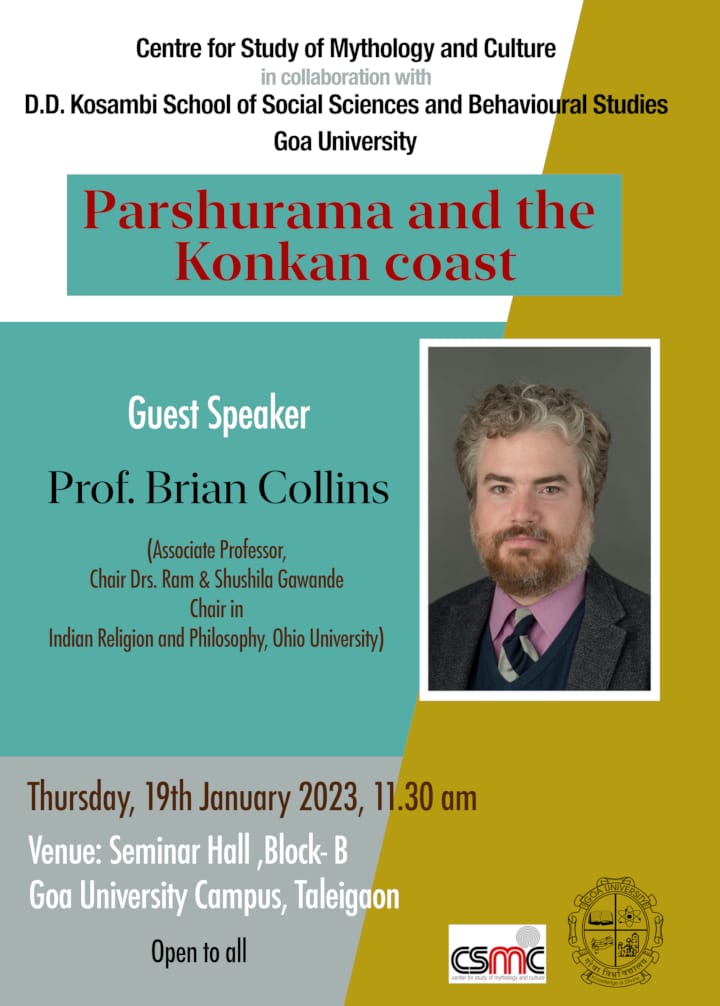
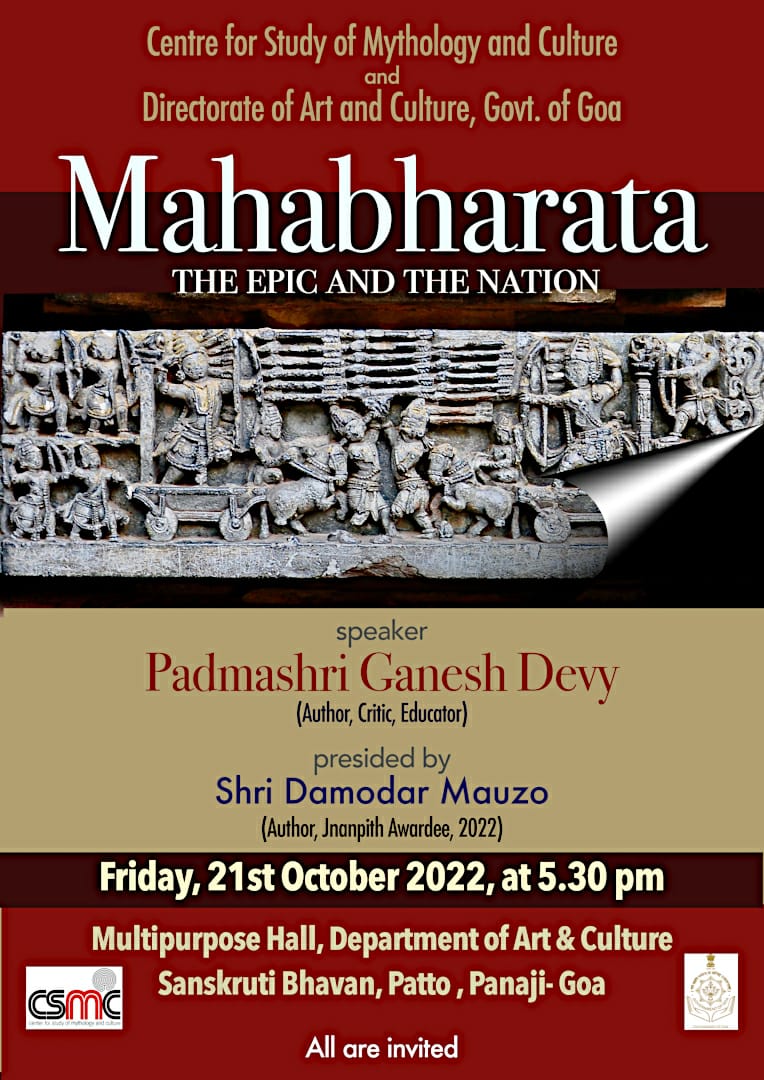
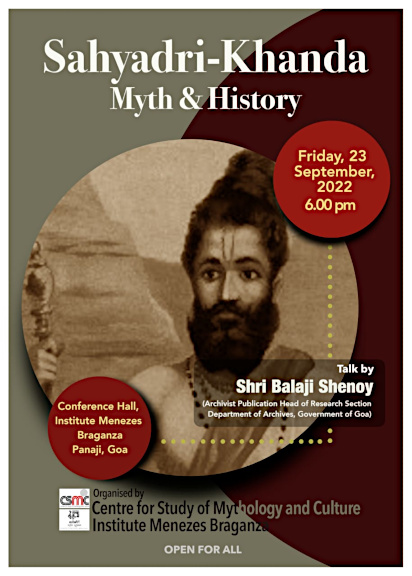
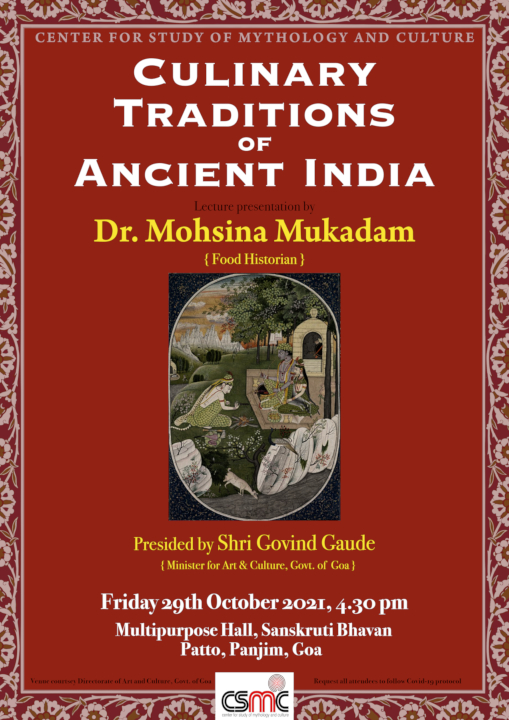

Leave a Comment